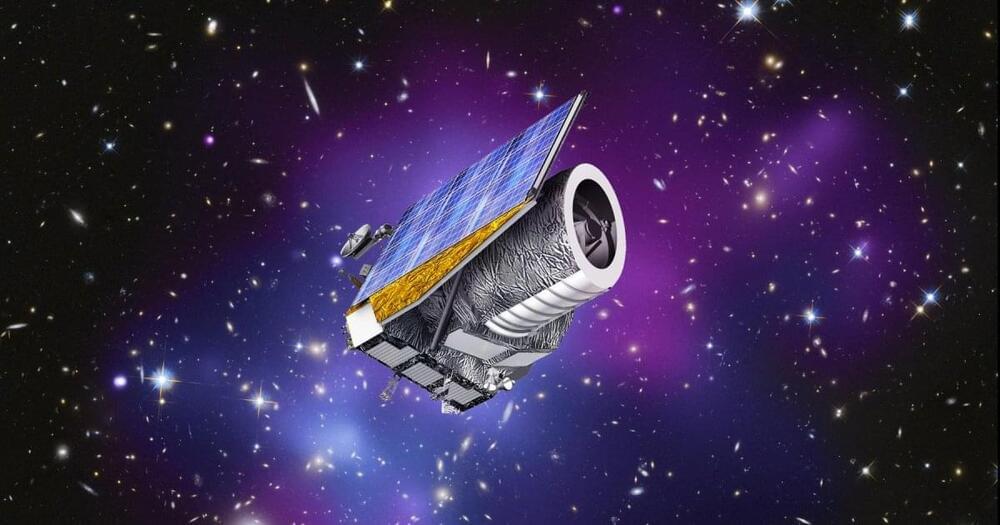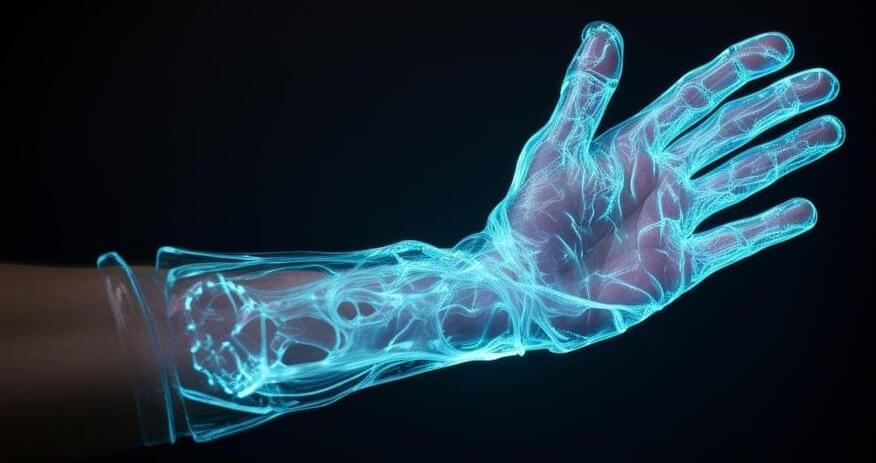Scientists have claimed to make a breakthrough that would be “one of the holy grails of modern physics” – but experts have urged caution about the results.
In recent days, many commentators have become excited by two papers that claim to document the production of a new superconductor that works at room temperature and ambient pressure. Scientists in Korea said they had synthesised a new material called LK-99 that would represent one of the biggest physics breakthroughs of recent decades.
Superconductors are a special kind of material where electrical resistance vanishes, and which throw out magnetic fields. They are widely useful, including in the production of powerful magnets and in reducing the amount of energy lost as it moves through circuits.




